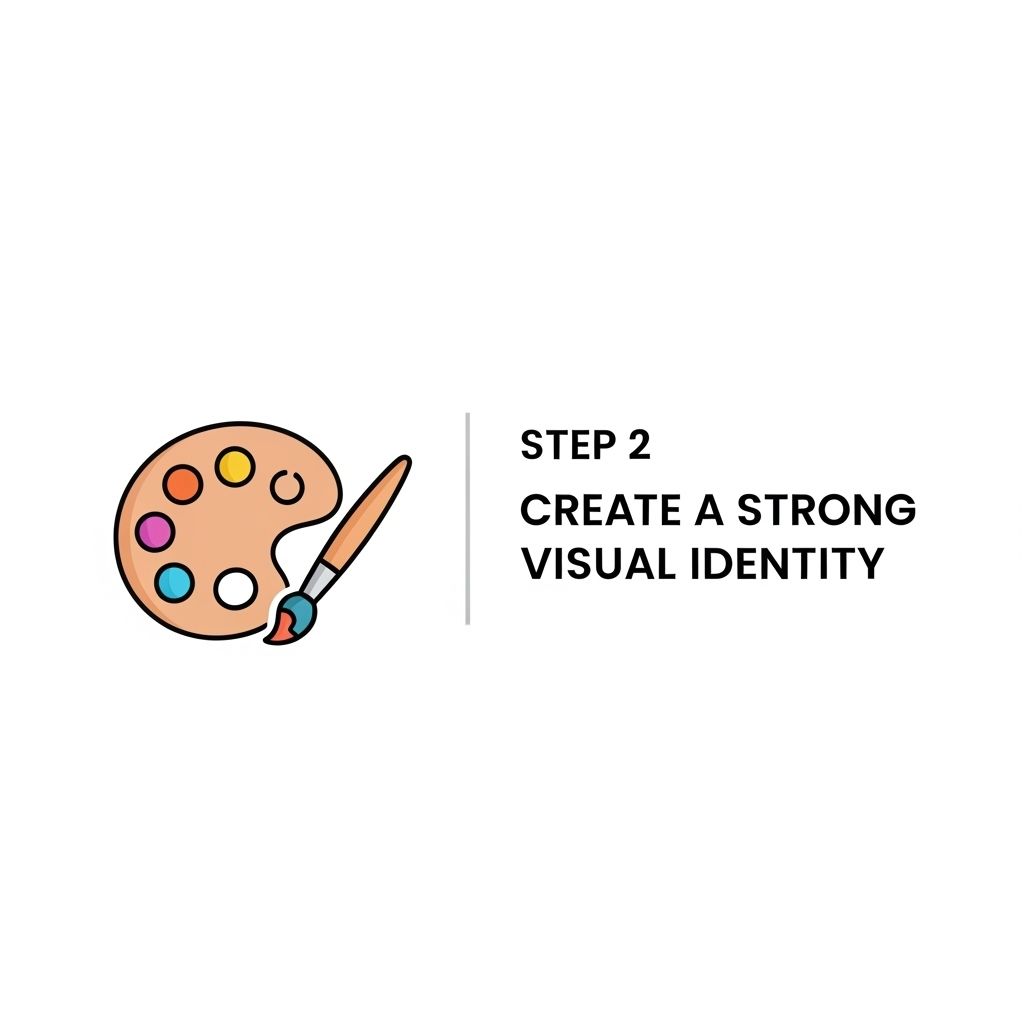In today’s digital landscape, building a strong brand online is crucial for businesses aiming to establish their identity and connect with their audience effectively. The internet has transformed the way consumers interact with brands, making it essential for companies to create a compelling online presence. This article will guide you through five essential steps to build your brand online, ensuring that you stand out in a crowded marketplace.
Table of Contents
Step 1: Define Your Brand Identity
The first step in building your brand online is to define your brand identity clearly. This encompasses your brand values, mission, vision, and the unique selling proposition (USP) that sets you apart from competitors.
Key Components of Brand Identity
- Mission Statement: What is the purpose of your brand?
- Core Values: What principles guide your business decisions?
- Target Audience: Who are your ideal customers?
- Brand Voice: How do you communicate with your audience (tone, style)?
- Visual Elements: What colors, fonts, and logos represent your brand?
Step 2: Create a Professional Website
Your website serves as the digital storefront for your brand, so it’s vital to create a professional and user-friendly site. A well-designed website enhances your credibility and helps you connect with your audience effectively.
Website Essentials
- Responsive Design: Ensure your website is mobile-friendly.
- Easy Navigation: Organize content logically to enhance user experience.
- High-Quality Content: Provide valuable content that addresses your audience’s needs.
- SEO Optimization: Implement SEO best practices to improve search engine visibility.
- Contact Information: Make it easy for customers to reach you.
Step 3: Leverage Social Media
Social media platforms are powerful tools for building your brand online. They allow you to engage directly with your audience, share valuable content, and grow your brand’s presence organically.
Choosing the Right Platforms
Not all social media platforms will suit your brand. Consider the following when selecting platforms:
- Audience Demographics: Understand where your target audience spends their time.
- Content Type: Choose platforms that align with your content format (e.g., images, videos, articles).
- Industry Trends: Identify which platforms are trending in your industry.
Best Practices for Social Media Marketing
- Consistent Branding: Use the same logo, colors, and messaging across all platforms.
- Engagement: Respond to comments and messages promptly.
- Content Variety: Share a mix of promotional, educational, and entertaining content.
- Analytics: Monitor engagement metrics to refine your strategy.
Step 4: Develop a Content Marketing Strategy
Content marketing is an effective way to showcase your brand’s expertise while providing value to your audience. A robust content strategy can help you attract and retain customers while enhancing your brand’s reputation.
Types of Content to Consider
| Content Type | Description |
|---|---|
| Blog Posts | In-depth articles addressing specific topics relevant to your audience. |
| Videos | Visual content that can demonstrate products or explain concepts. |
| Infographics | Visual representations of information, making complex data easier to understand. |
| Podcasts | Audio content that allows for in-depth discussions and storytelling. |
Creating a Content Calendar
To maintain consistency, develop a content calendar that outlines:
- Publishing frequency
- Content topics
- Promotion strategies
Step 5: Measure and Adapt
The final step in building your brand online is to measure your efforts and adapt your strategy based on performance data. Continuous improvement is essential in the ever-changing digital landscape.
Key Metrics to Track
- Website Traffic: Monitor unique visits and page views to assess interest.
- Engagement Rates: Analyze likes, shares, and comments on your social media posts.
- Conversion Rates: Track the percentage of visitors who take a desired action (e.g., signing up for a newsletter, purchasing).
- SEO Performance: Use tools to track keyword rankings and organic search traffic.
By regularly analyzing these metrics, you can identify areas for improvement and adjust your branding strategy accordingly. Remember, building a brand online is a marathon, not a sprint; consistency and adaptability are key to long-term success.
In conclusion, building your brand online involves defining your identity, creating a professional website, leveraging social media, developing a content marketing strategy, and continually measuring your efforts. By following these steps, you can establish a strong online presence that resonates with your audience and drives your business forward.
FAQ
What are the first steps to build my brand online?
The first steps to build your brand online include defining your brand identity, identifying your target audience, creating a professional website, establishing a social media presence, and developing a content strategy.
How important is social media for brand building?
Social media is crucial for brand building as it helps you connect with your audience, promote your products or services, and create a community around your brand.
What role does content play in building a brand online?
Content plays a vital role in building a brand online by providing value to your audience, showcasing your expertise, and improving your search engine visibility.
How can I measure the success of my online branding efforts?
You can measure the success of your online branding efforts through metrics such as website traffic, engagement rates on social media, conversion rates, and brand awareness surveys.
Is it necessary to have a professional website for my brand?
Yes, having a professional website is essential for your brand as it serves as your online storefront, provides information about your products or services, and enhances your credibility.
What mistakes should I avoid when building my brand online?
Common mistakes to avoid include inconsistent branding, neglecting your audience’s feedback, failing to engage on social media, and not optimizing your content for search engines.









